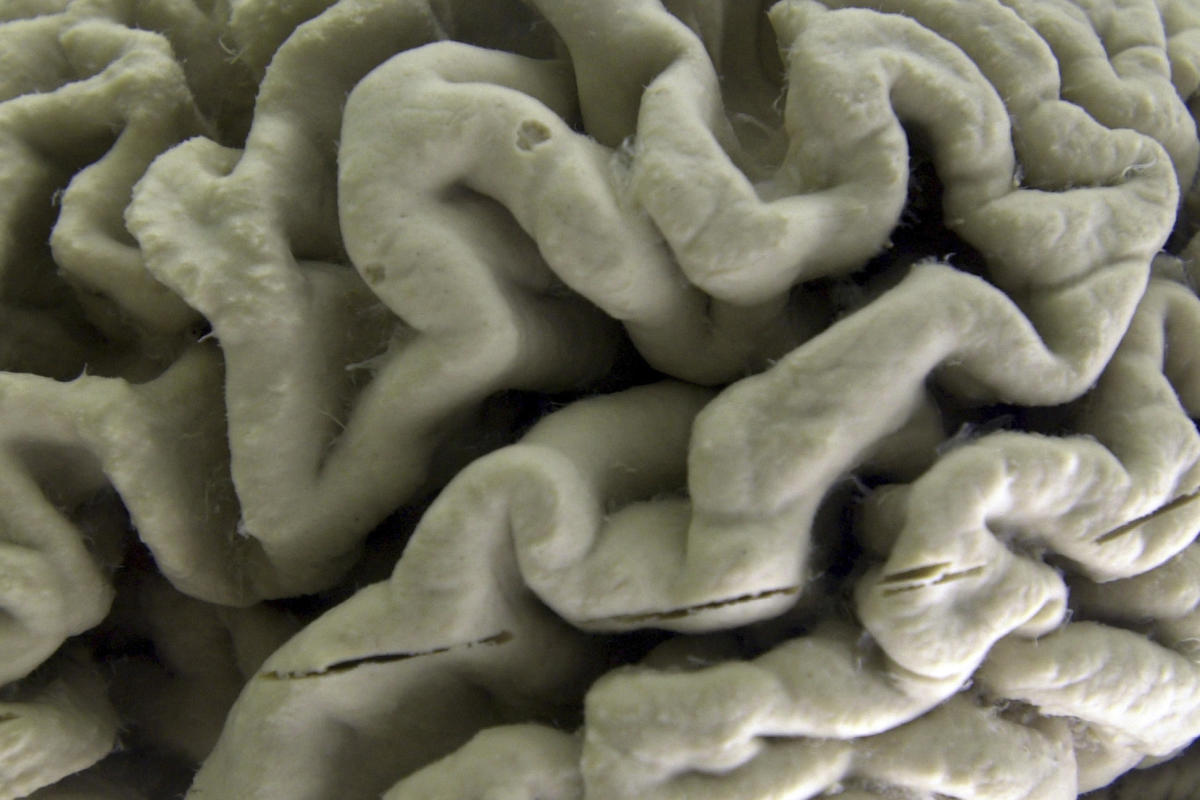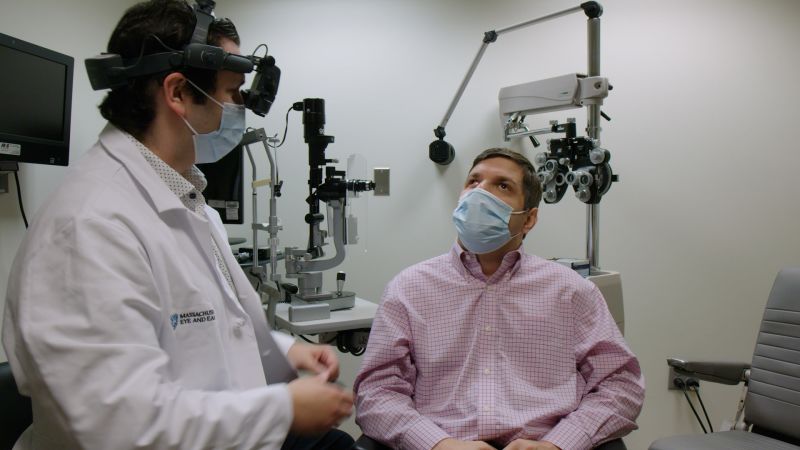Ireland has joined the space club with the launch of its first satellite to low-Earth orbit, setting the stage for students of all ages across the Emerald Isle to get involved in space science.
The Educational Irish Research Satellite-1 (Eirsat-1) blasted into space from Vandenberg Air Force Base in California atop a SpaceX Falcon 9 rocket on Dec. 1. Around an hour and a half after launch, the tiny satellite, which is not much larger than a house brick, unfolded and deployed its antenna.
Eirsat-1 made contact with its operators via ground stations here on Earth on Dec. 2, and it is operating as expected. By Dec. 4, ground control was happily receiving and uploading data from the tiny satellite.
Developed by around 50 students at University College Dublin (UCD), Eirsat-1 is still in commissioning mode but is expected to enter operational mode and start collecting science data as soon as next month.
Related: SpaceX launches Irish, South Korean satellites and lands its 250th rocket (video)
UCD Space Science postdoctoral researcher David Murphy, who has been involved in Eirsat-1 for six years, described the feeling of witnessing the satellite heading to space.
“It really was quite incredible. You see these launches streamed online all the time, but it’s a completely different thing to see it with your own eyes and to have that investment of having a payload on the rocket,” Murphy told Space.com. “We were completely overwhelmed, and the tears definitely started to flow.”
Meet the Eirsat-1 experiments
Eirsat-1 carries three main instruments. They will investigate very different things, collecting data that could help solve some of science’s most pressing mysteries as well as assisting future space missions.
“So it’s got three scientific payloads on board,” Murphy said. “Those are the Gamma-Ray Detector (GMOD), a thermal materials experiment ENBIO Module (EMOD), and then the Wave-Based Control (WBC) control algorithm.”
GMOD will detect high-energy electromagnetic radiation called gamma rays outside the interference of Earth’s atmosphere. The data it collects could help establish the sources of powerful blasts of this radiation, which are believed to be violent cosmic events such as supernovas — the explosions that happen when massive stars die — and the collision of neutron stars, black holes or even mixed mergers between the two. GMOD is estimated to be on course to detect around 10 gamma-ray bursts every year.
Eirsat-1’s EMOD experiment is designed to test the thermal surface treatments SolarWhite and SolarBlack, which are currently being used close to the sun by the European Space Agency’s Solar Orbiter mission, but in low-Earth orbit. It’s thought that oxygen atoms around Earth not found where Solar Orbiter operates could erode spacecraft surfaces, so the data EMOD collects could be vital in developing surfaces for future spacecraft.
WBC is an experiment that uses generated magnetic fields within a spacecraft to interact with Earth’s magnetic fields and control altitude. This tech could be adapted in the future to also control how satellites rotate, allowing spacecraft to ride on magnetic waves with low power and mass with zero moving parts.
“At the moment, it looks like we’re going to have at minimum two and a half years in orbit with Eirsat-1,” Murphy said.
“That is the nominal mission, but we will use this asset for as long as we have it to train students,” he added, “enabling the next generation of space scientists and engineers to have real hands-on experience with a spacecraft.”
RELATED STORIES:
— Cubesats: Tiny payloads, huge benefits for space research
— Celebrate St. Patrick’s Day 2021 with this verdant view of Ireland from space
— SpaceX: Facts about Elon Musk’s private spaceflight company
UCD PhD student and Eirsat-1 team member Bas Stijnen told Space.com that Eirsat-1 had been deployed at a slightly lower orbit than was desired, adding that this orbit would allow it to remain operational for around four years before it deorbits.
“The satellite was injected into an orbit that was on the low side, so the orbital lifetime is going to be relatively short. We’re looking at three and a half, maybe four years before Eirsat-1 will de-orbit,” Stijnen said. “We won’t rush, but we have to make sure now to use the time that we have to conduct the science that we want to do.”
As exciting as the satellite’s science work sounds, Murphy said that it may well be the impact of Eirstat-1 on education and industry in Ireland that’s the satellite’s longest-lasting and most important legacy.
“Hopefully, we’ve inspired the next generation of students to build the next Irish satellite and the next Irish satellite after that and shown that it can be done in a university, and that this is something that many universities across Ireland can achieve,” Murphy concluded. “Hopefully, it’s just the start of ongoing space activities that we will have in Irish industry and education.”

Dr. Sarah Adams is a scientist and science communicator who makes complex topics accessible to all. Her articles explore breakthroughs in various scientific disciplines, from space exploration to cutting-edge research.








